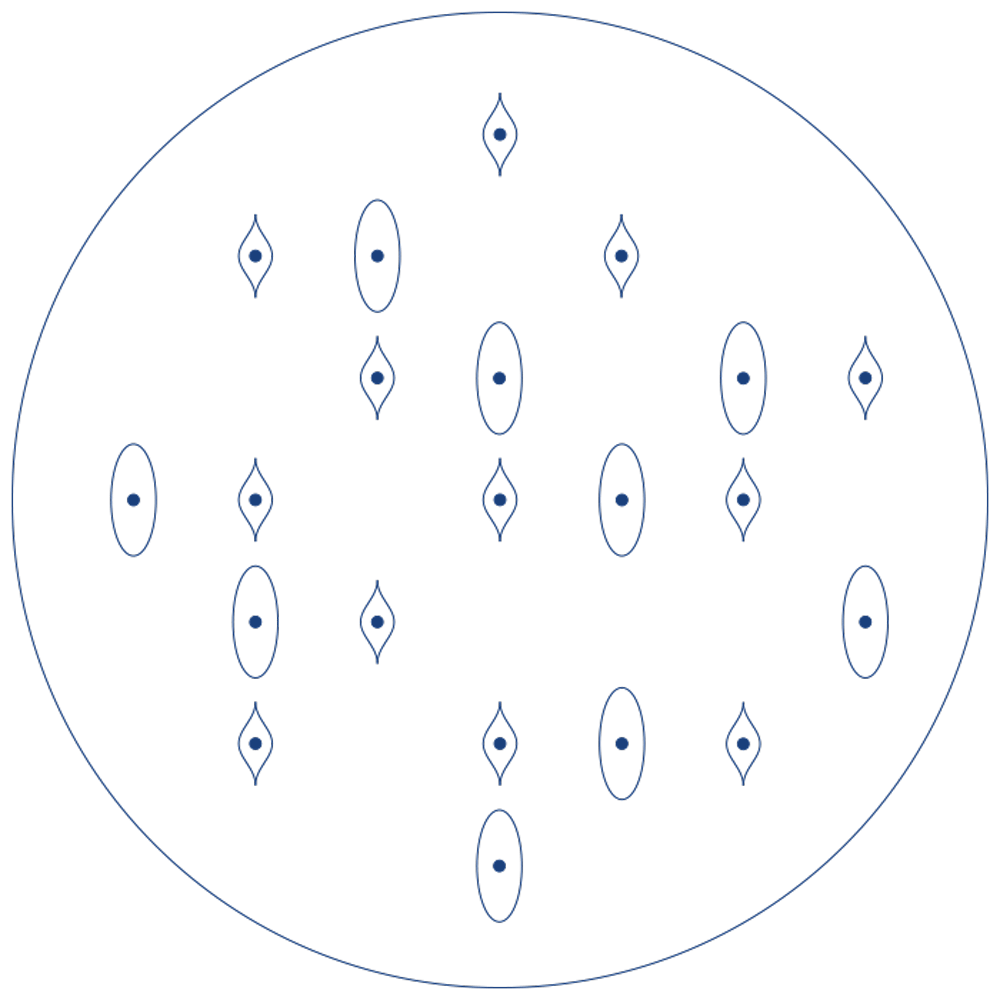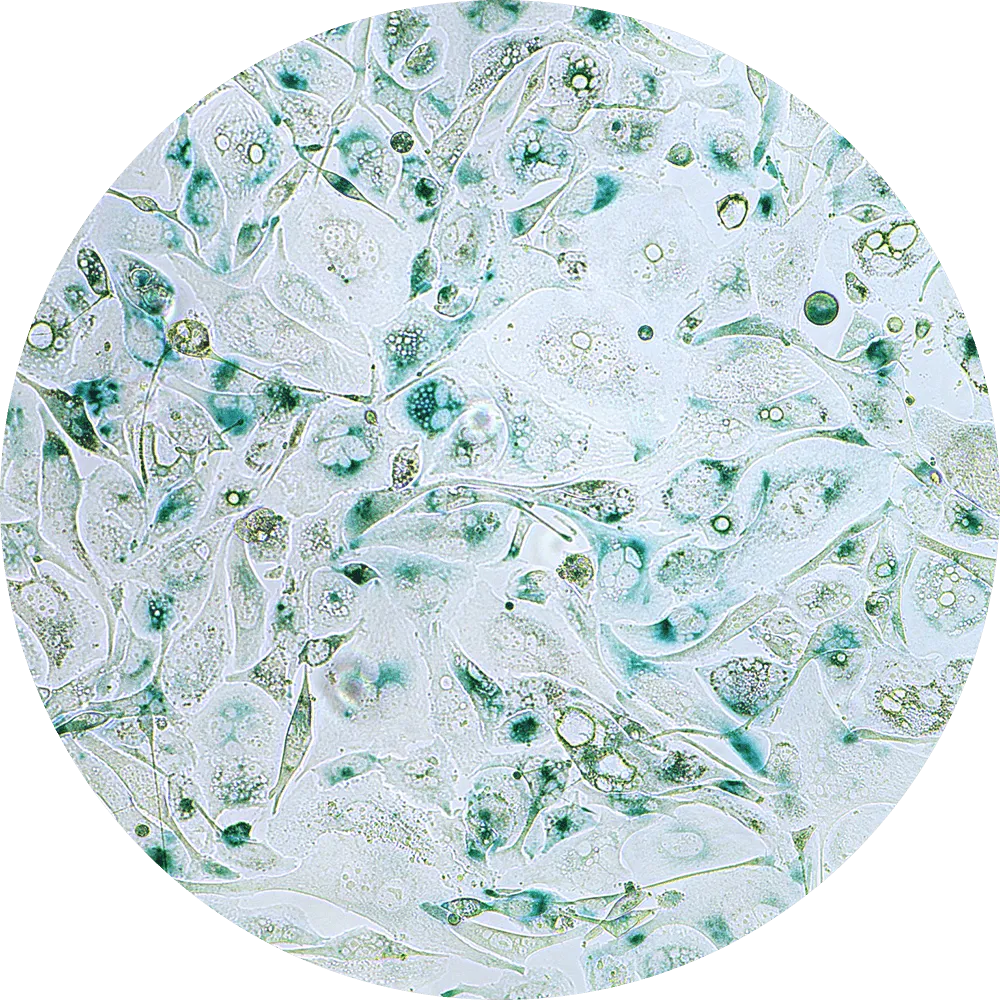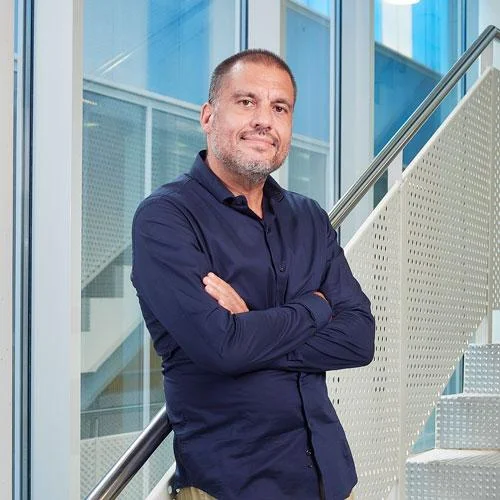Identifying novel ways of targeting senescent cells to produce therapies that will improve health in old age


We’re identifying novel ways of targeting senescent cells to produce therapies that will improve our health in old age
A major contributing factor to the deterioration of our bodies with age is the accumulation of damaged (senescent) cells in the body. This is a relatively new field where Centenara Labs Senescence Therapeutics is developing new ways of treating and preventing age-related disease.
Cells in most tissues in the body are constantly dividing and replacing themselves. This means that the vast majority of our cells are replaced within a few years. Cells that are damaged are therefore in most cases eliminated from the body (apoptosis) in order to maintain tissue quality and prevent cancer.
However this process is not perfect. With the passage of time, our bodies accumulate damaged cells across various tissues in the body. These senescent cells are much larger than normal cells and harm surrounding tissue by secreting inflammatory substances, including proteins. This is called the Senescent Cell Associated Secretory Phenotype (SASP). Since these cells are not eliminated by natural mechanisms, they inevitably accumulate and become more and more prevalent in the tissues the older someone gets. This SASP makes other healthy cells in the area also become senescent, which means a person ages faster the older they get. The toxic substances they secrete are involved in the development of cancer, fibrosis and many other diseases.
Historically, age-related diseases such as cancer, heart disease, osteoporosis and Alzheimer’s disease have been seen as separate from each other. However, today we know that, depending on where the senescent cells accumulate, they cause different organ-specific problems. For example, senescent cells in the arteries are involved in atherosclerosis, senescent cells in the bone are involved in osteoporosis and in lungs an excess accumulation is seen in pulmonary fibrosis.
In a groundbreaking study from 2011 researchers were able to show, for the first time, proof-of-principle that senescent cells can be removed, and that doing so induces a “partial rejuvenation” of an aging mouse. In this case, mice were genetically engineered to respond to a prodrug that removed senescent cells; it expressed an established marker for cellular senescent cells, P16lnk4a. The mice subsequently attained better exercise capacity, heart function, fur, vision and bone strength.
Since then, removing senescent cells has been shown many times to improve the healthy lifespan of aging mice.
The further developments that need to happen in this field, which research is currently focused on, include; I: drug development to create clinically-proven therapies for better clearance of all the types of senescent cells in different tissues. II. better biomarkers to distinguish senescent cells to selectively remove them. III. The ability to translate the findings from mouse data to clinical trials in humans to show that this is a way of treating multiple aging pathologies at once.
Centenara Labs Senescence Therapeutics is focusing its research on these three aspects by identifying novel ways of targeting senescent cells to produce therapies that will improve our health in old age.

References
1.Baker DJ, Wijshake T, Tchkonia T, et al. Clearance of p16Ink4a-positive senescent cells delays ageing-associated disorders. Nature. 2011;479(7372):232-236. Published 2011 Nov 2. doi:10.1038/nature10600


